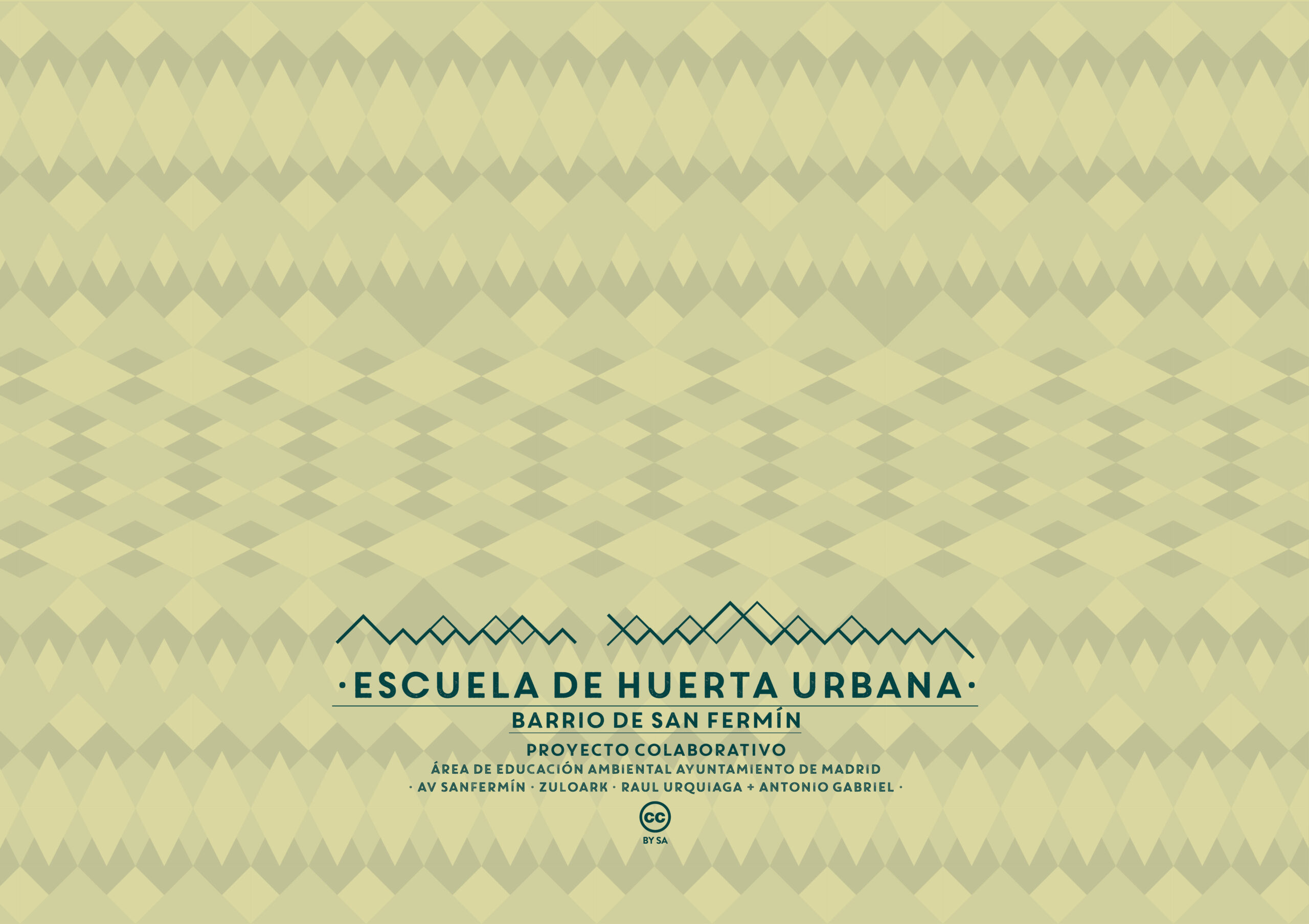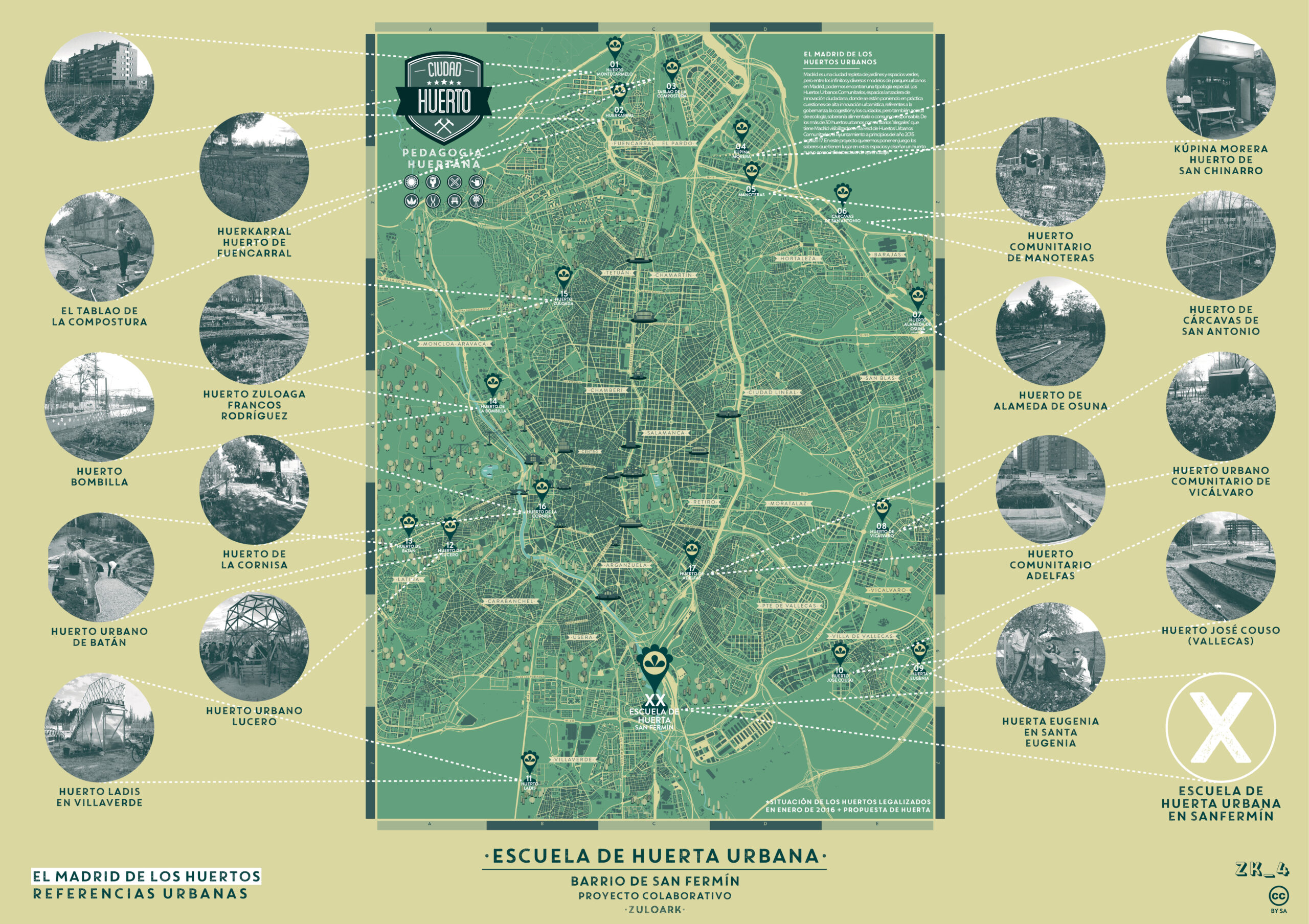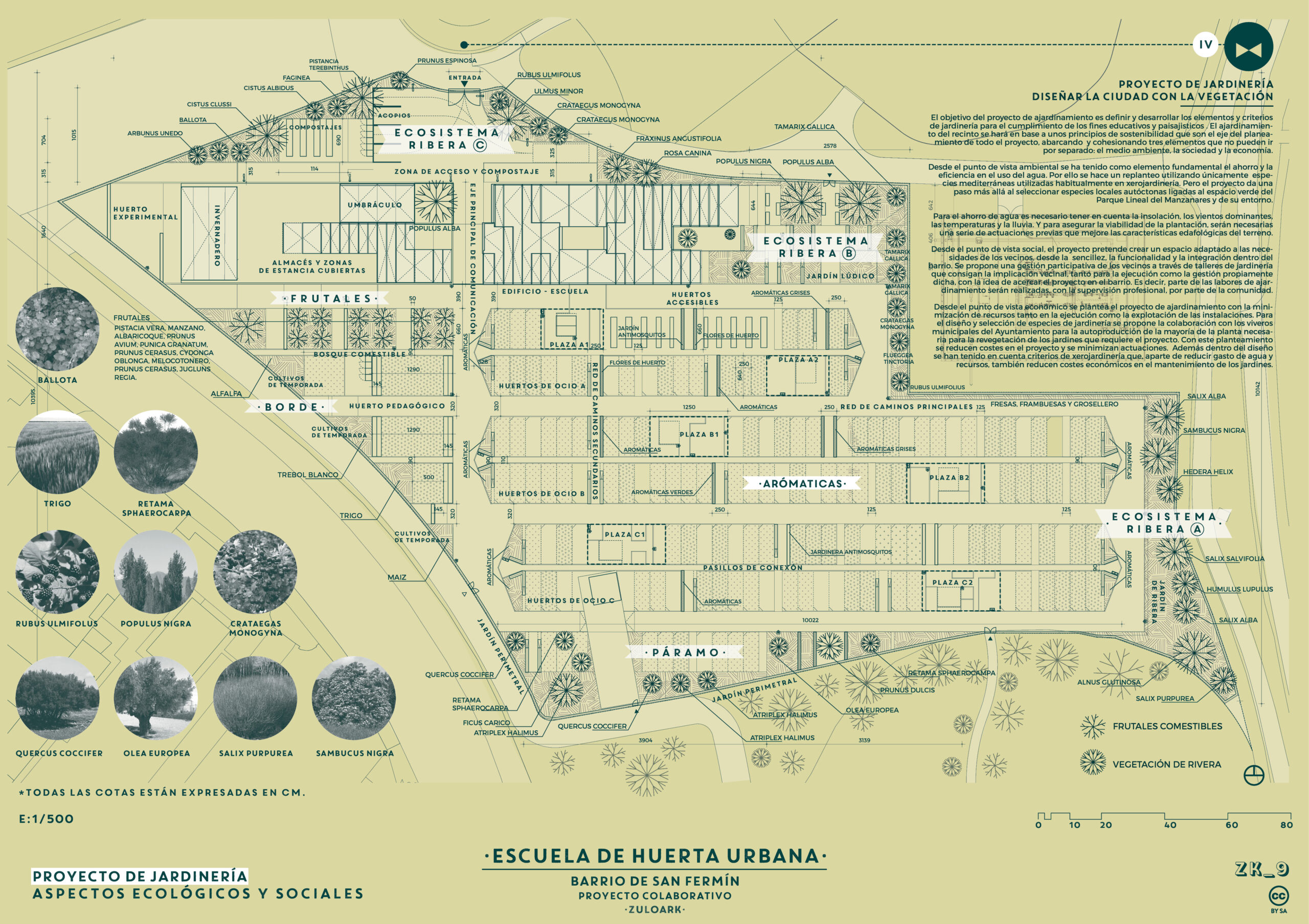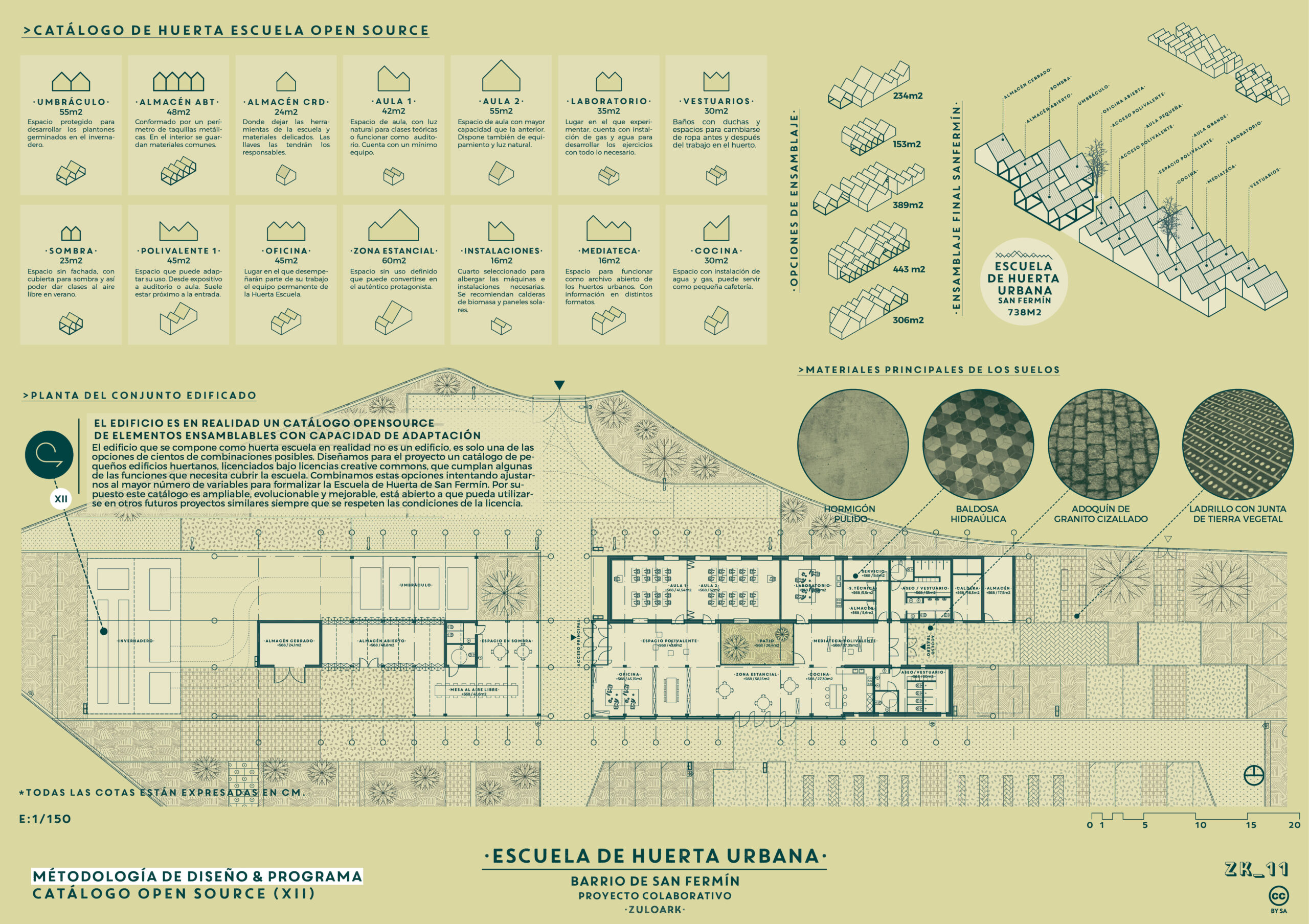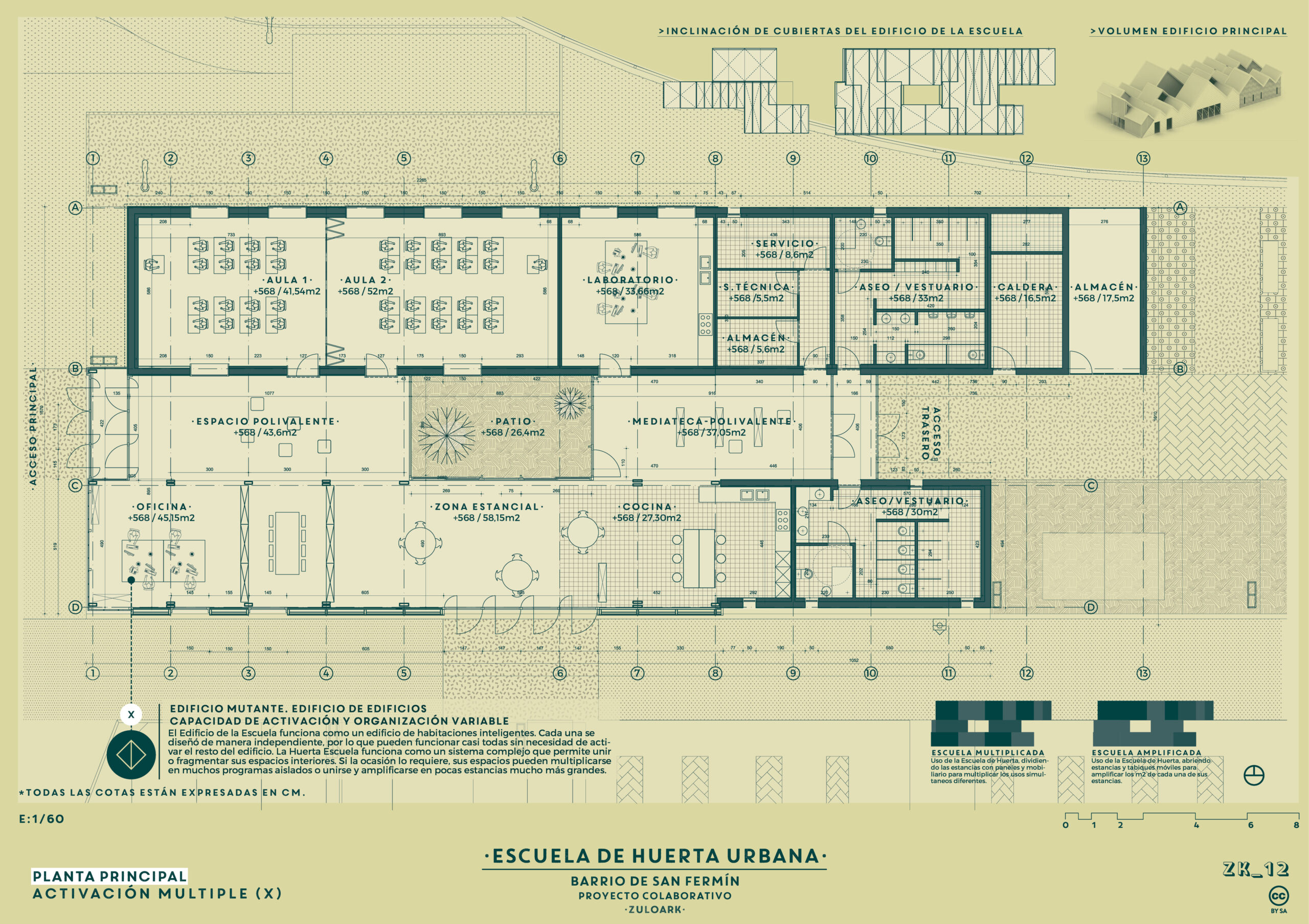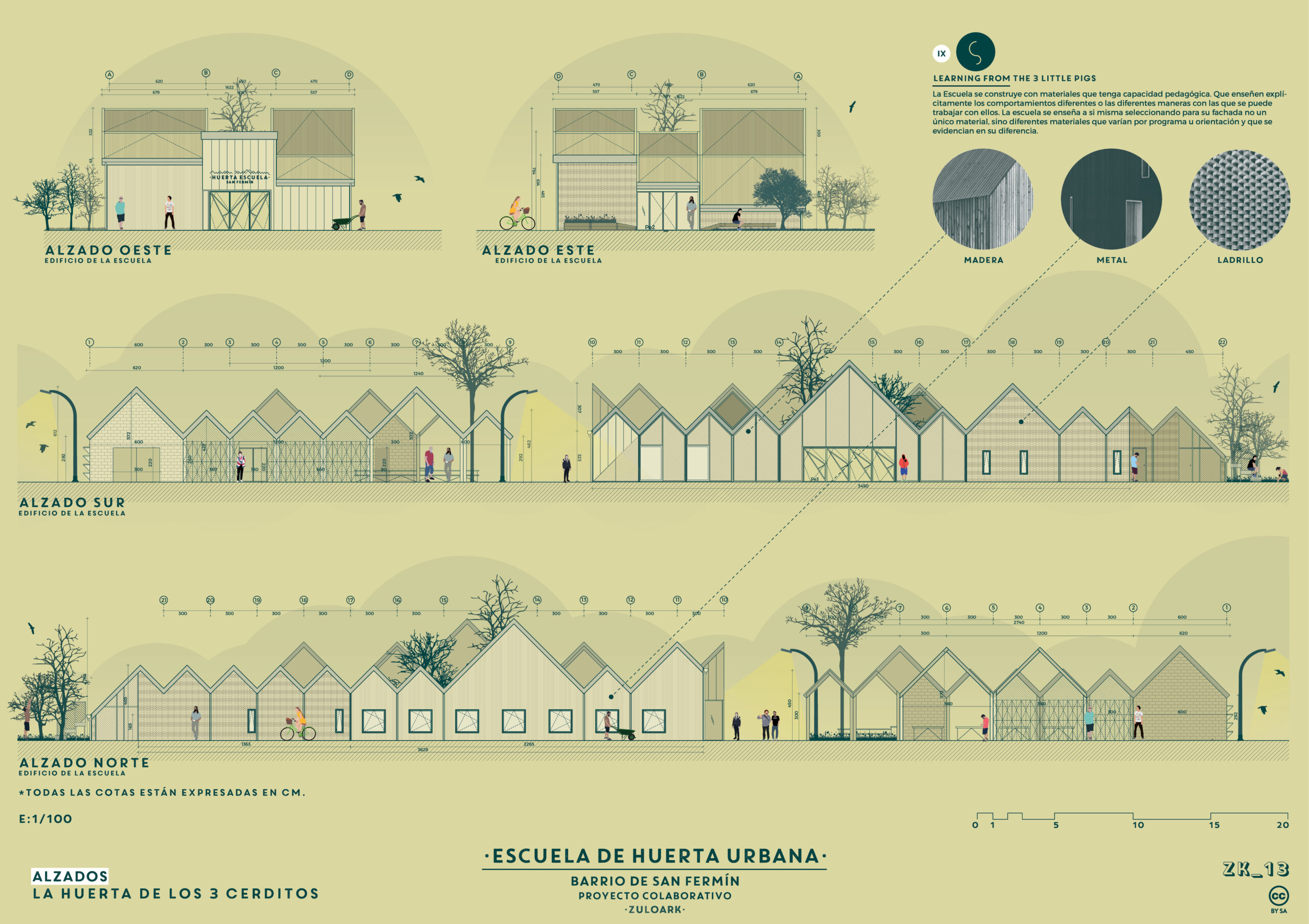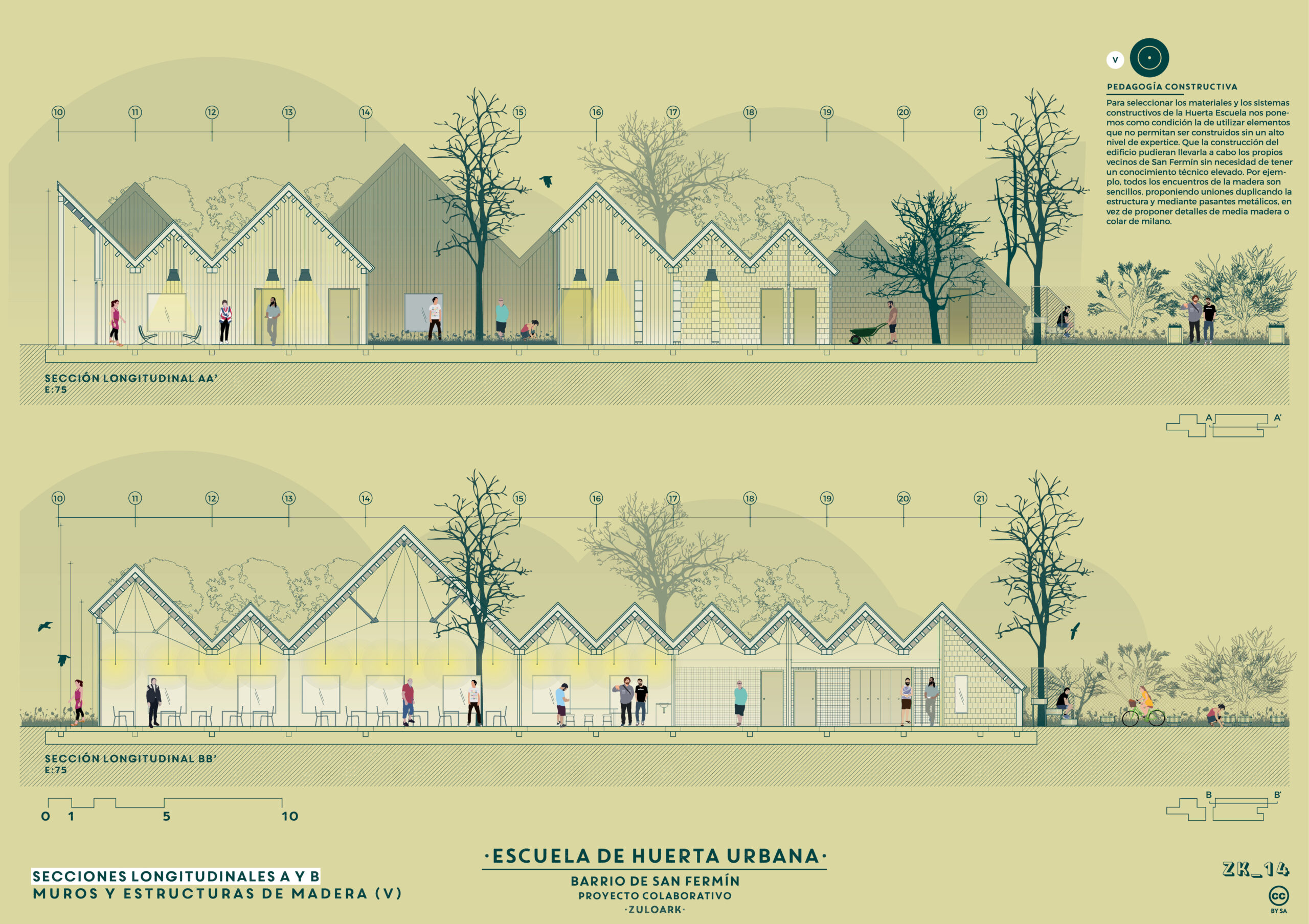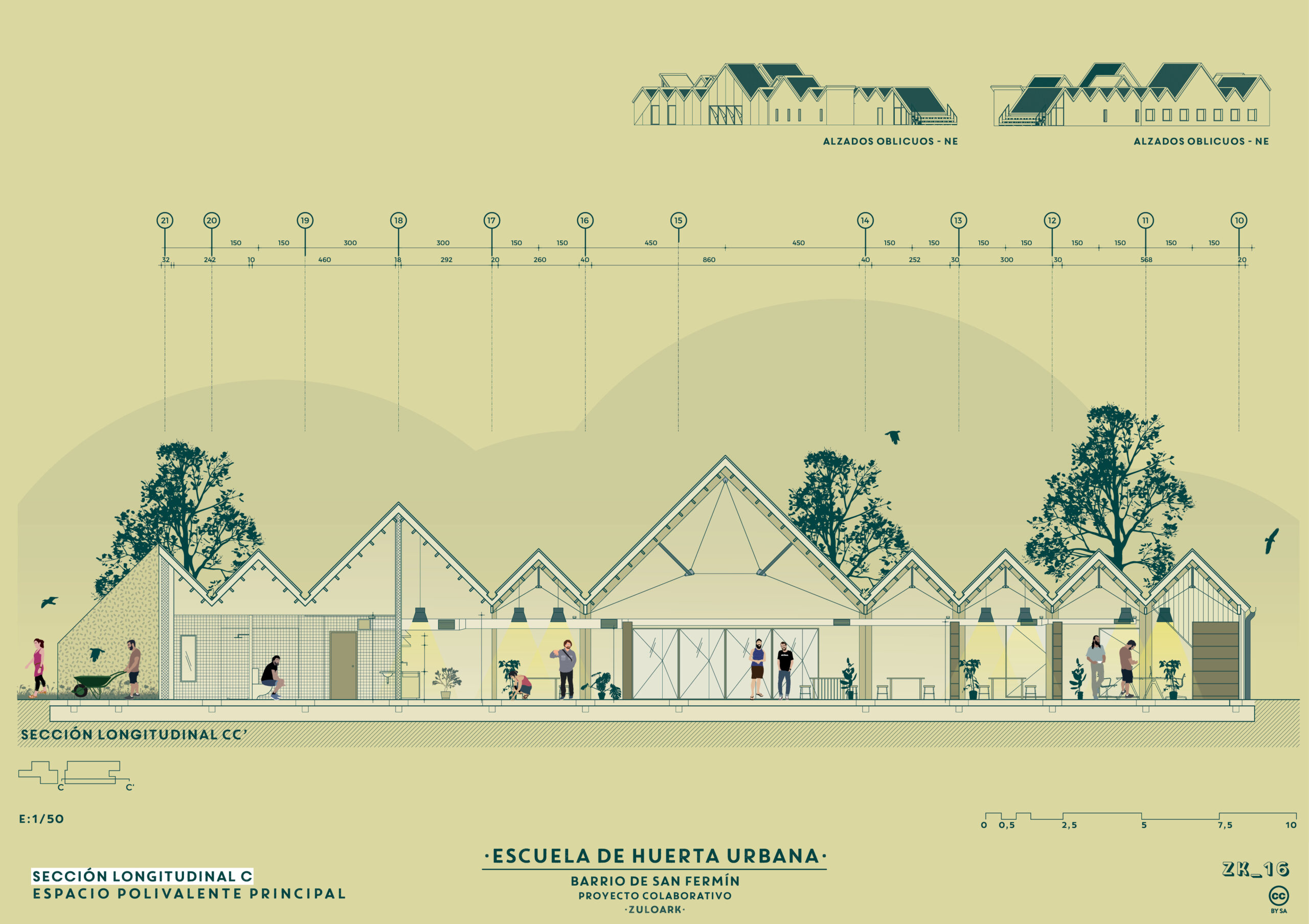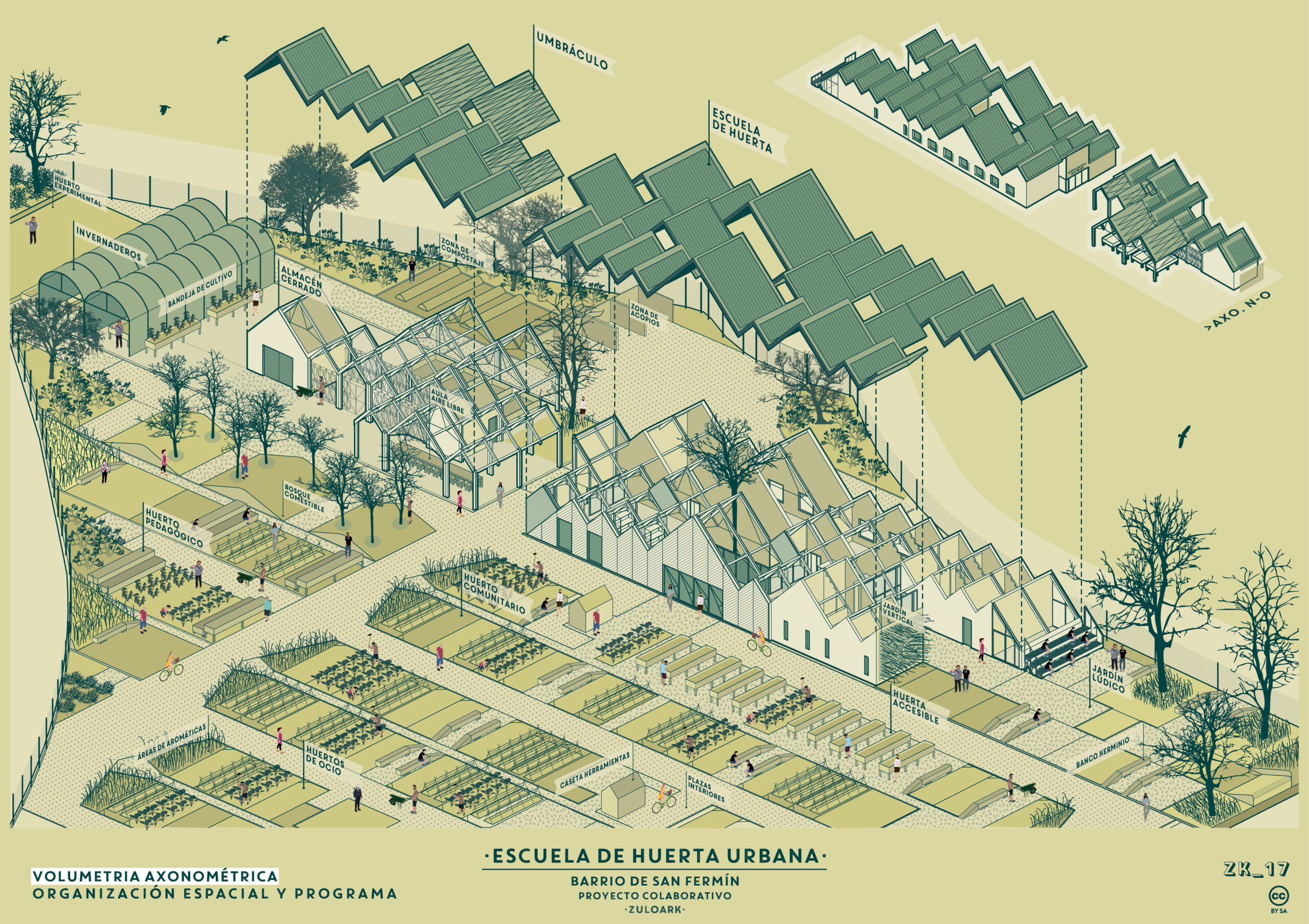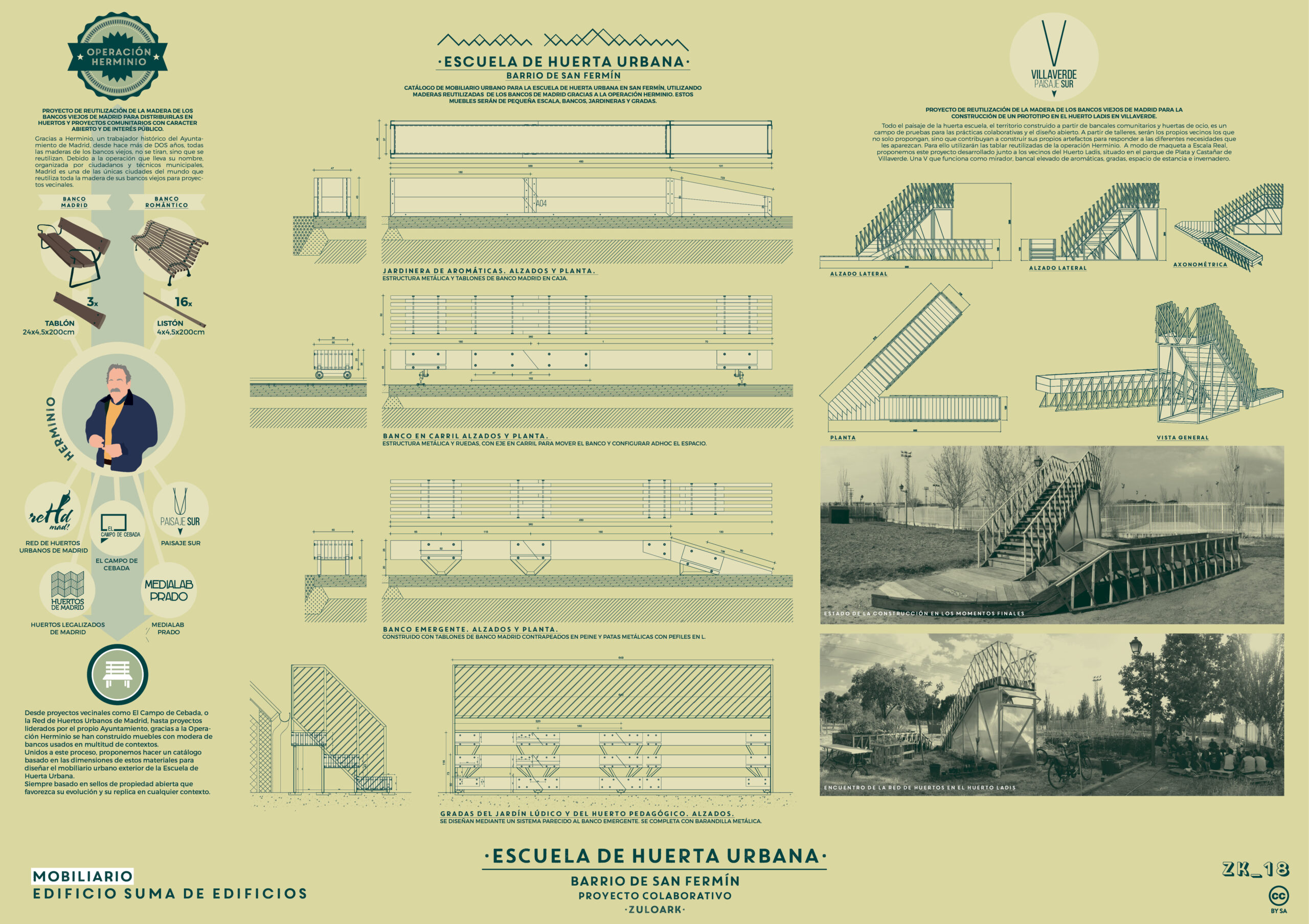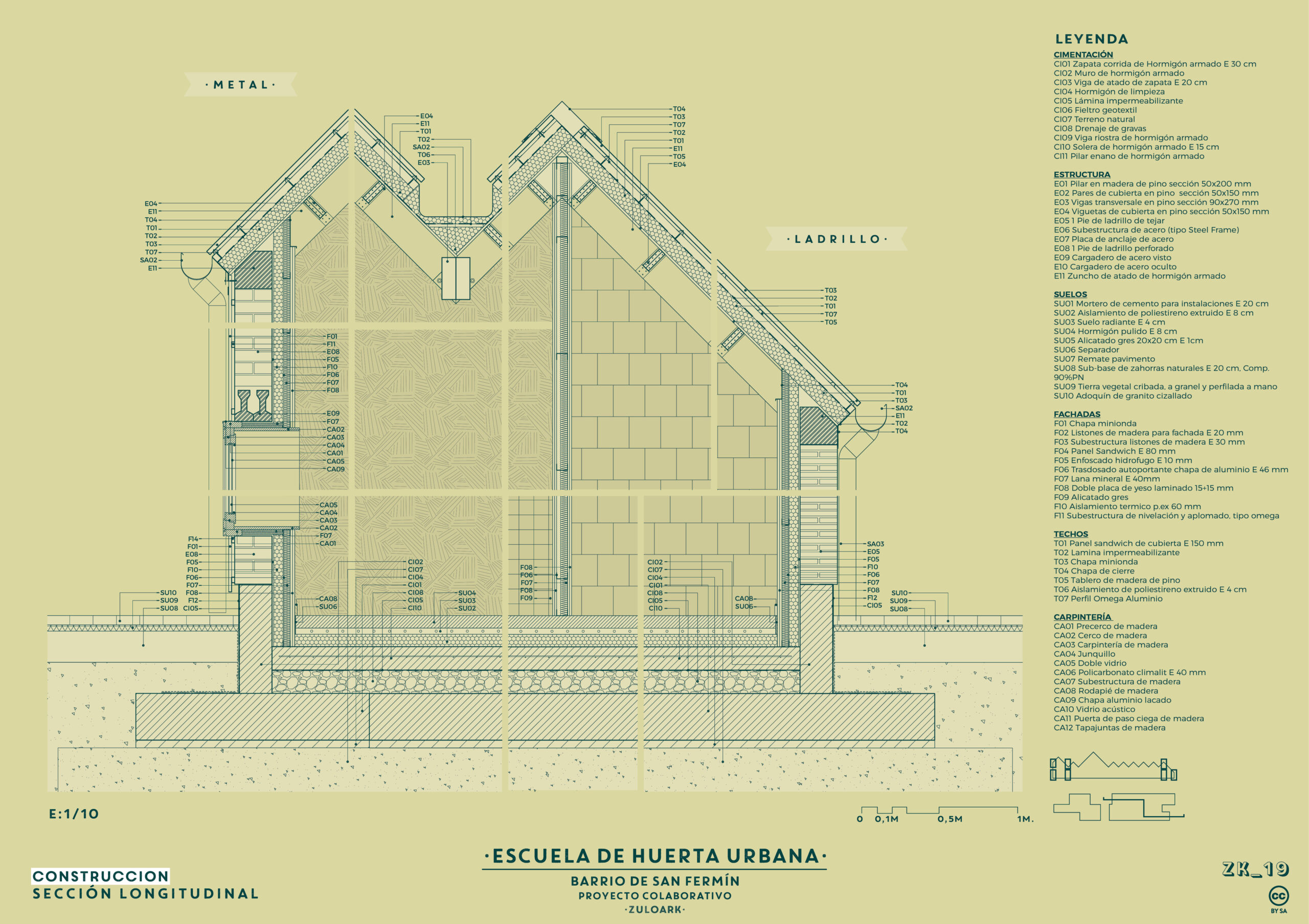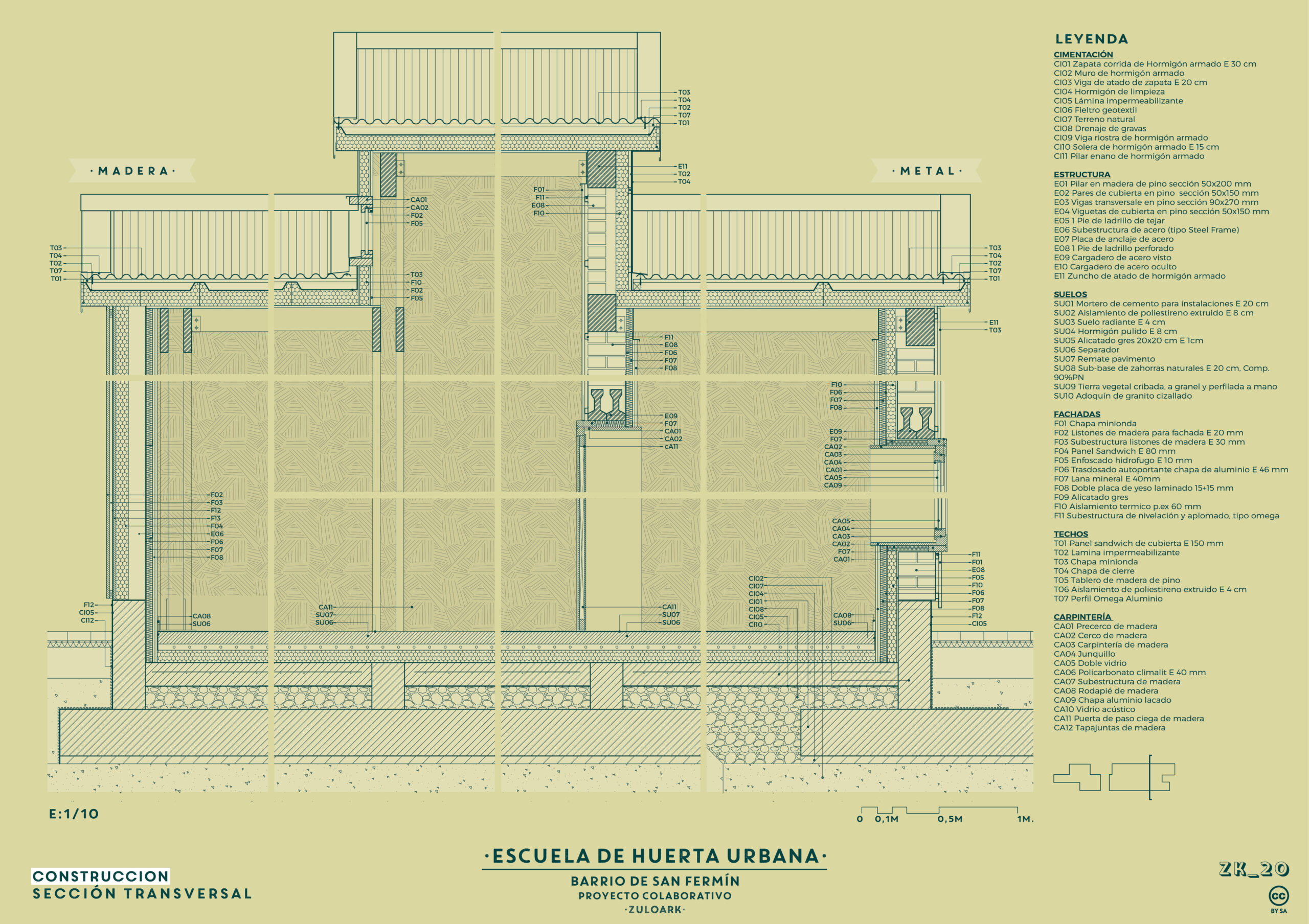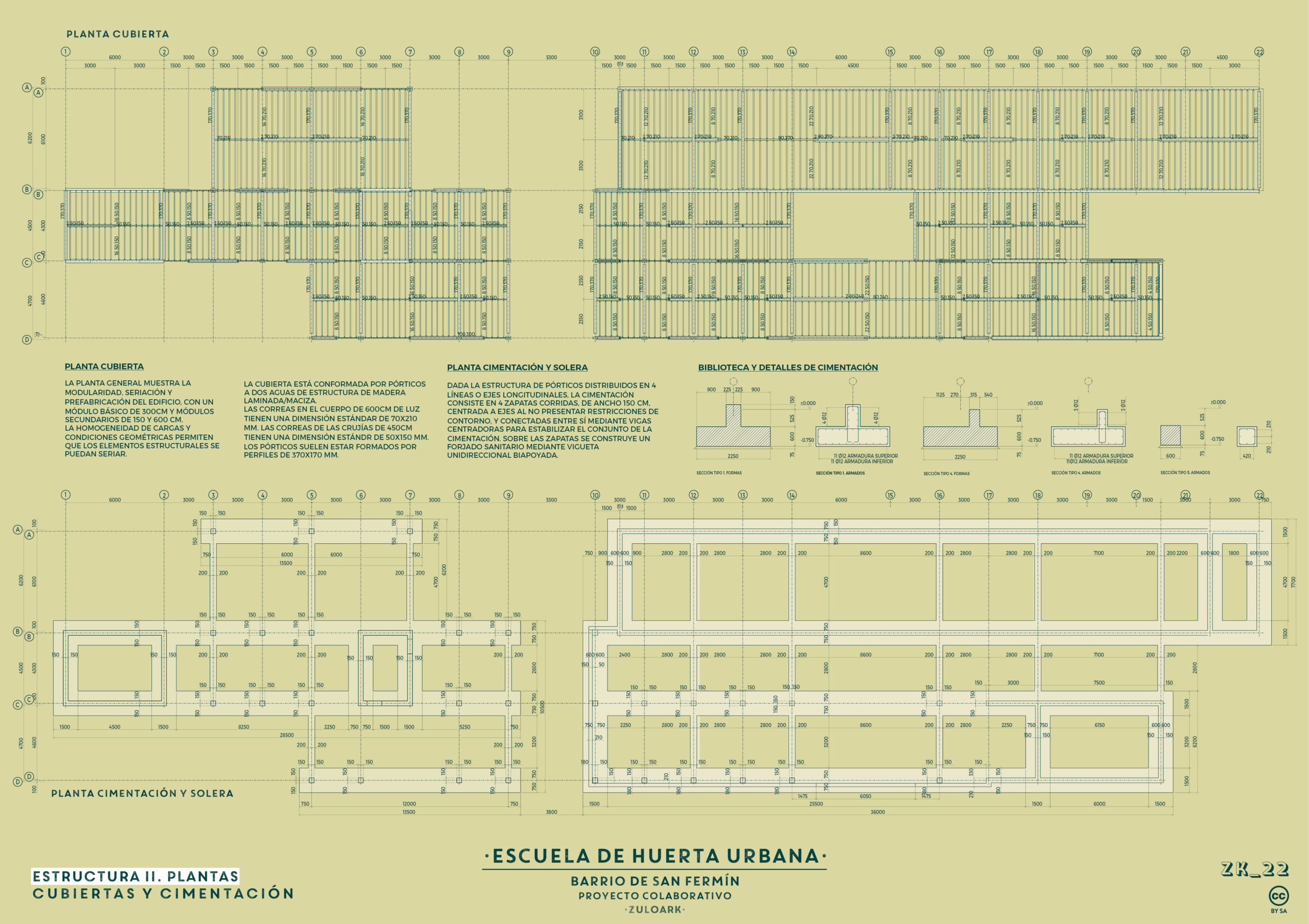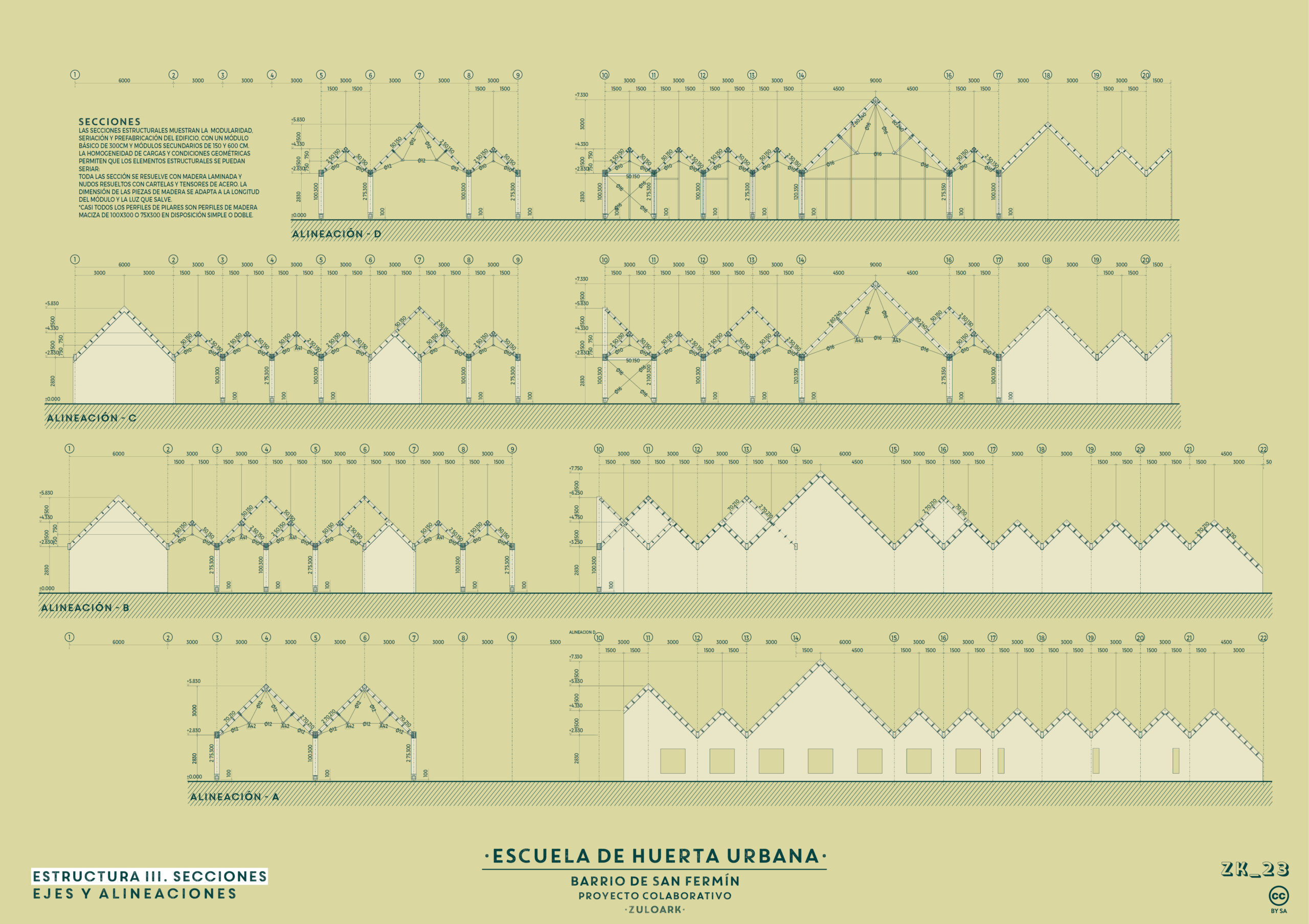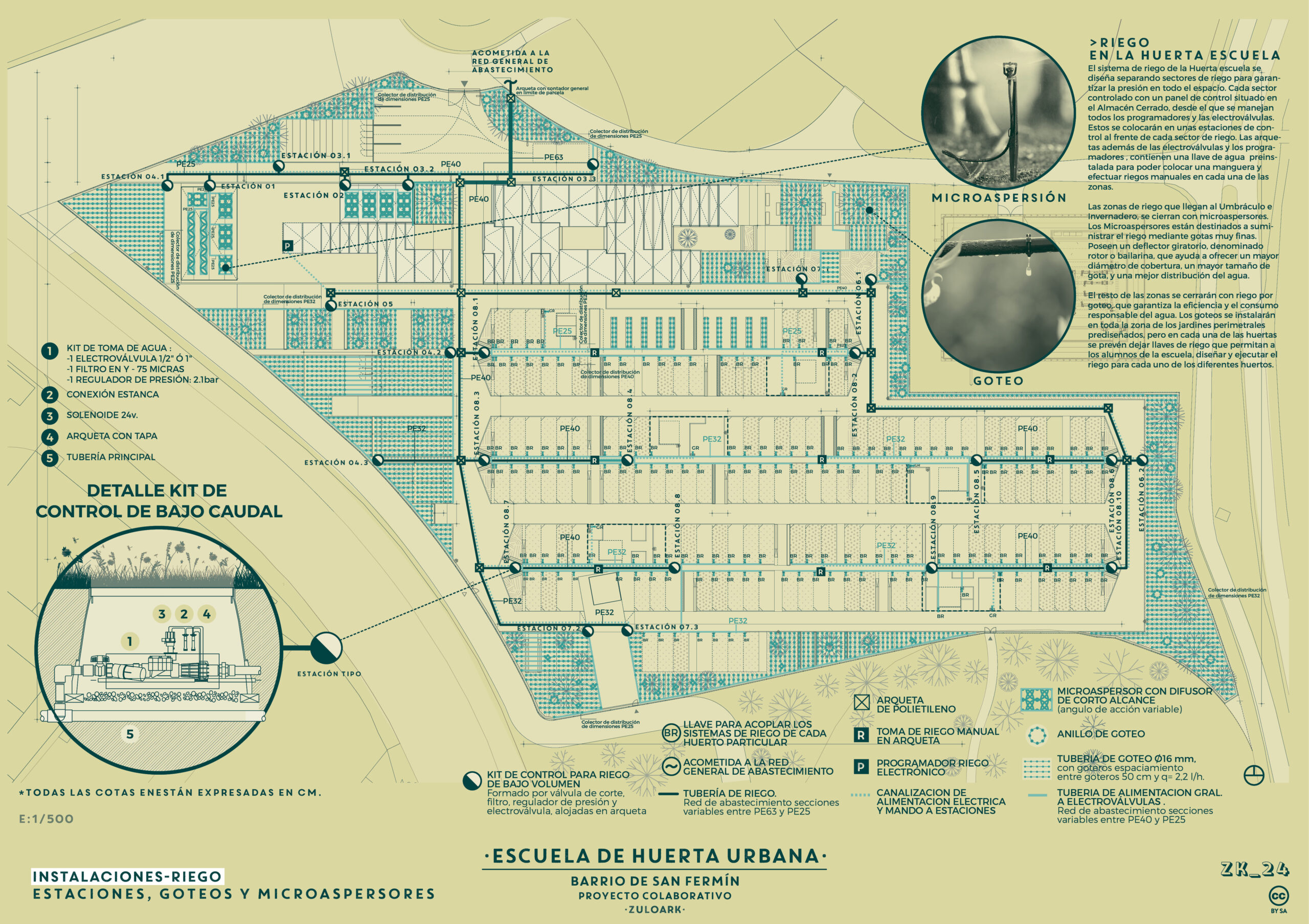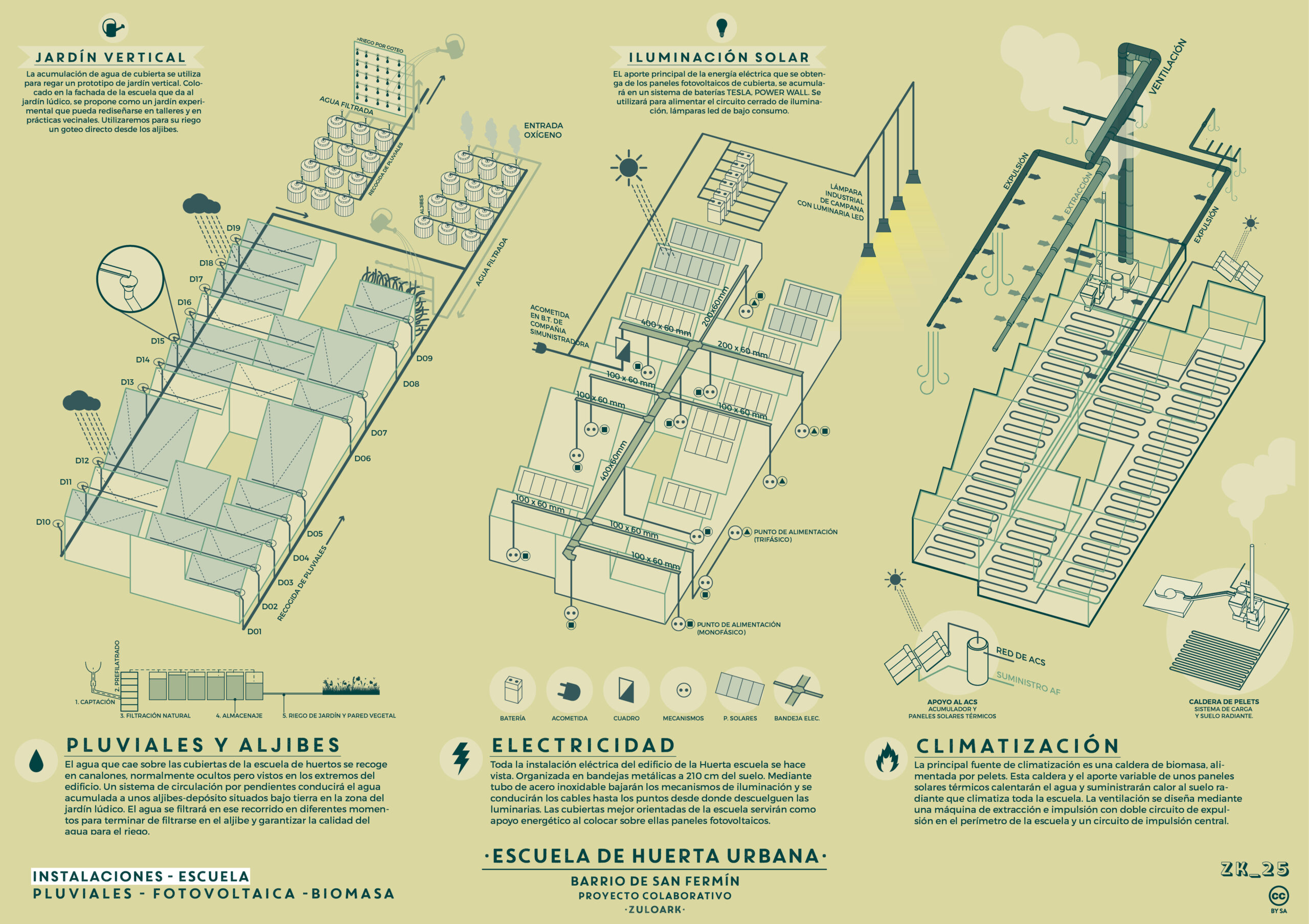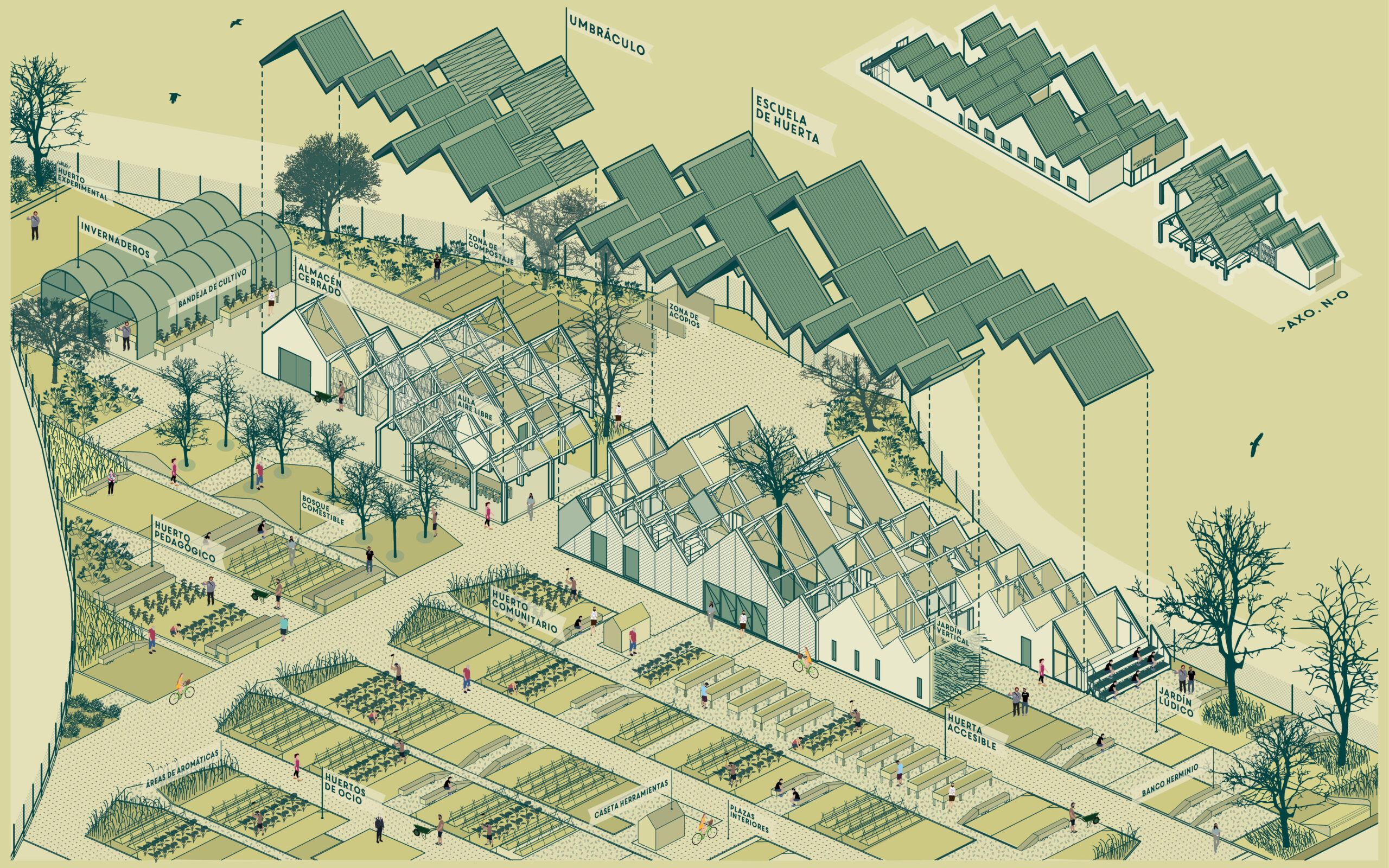
Rethinking future public facilities through citizen action
Madrid has not only been shaped by grand master plans, historic monuments, impressive architecture, and ambitious real estate developments—elements that collectively fueled the well-known “real estate bubble.” The city has also taken shape in another way: through citizen-led initiatives that represent the alternative side of an increasingly diverse city, what we have called in our eponymous project Los Madriles. These innovative practices in social, technological, and economic spheres demonstrate how we can reinvent the city from the perspective of its citizens.
Among these initiatives are community urban gardens: spaces where not only plants are cultivated, but also new social relationships, while collaboratively designing some of Madrid’s most intriguing green spaces. Many of these gardens have exceeded the capacity of the local administration, triggering an exemplary legalization process in which municipal technicians and garden participants work together in collaboration.
These gardens serve as laboratories for shared management models, where the City Council provides the infrastructure, and citizens decide how to use it. They are particularly compelling spaces for collective learning and public stewardship, blending social innovation with the development of technical expertise.
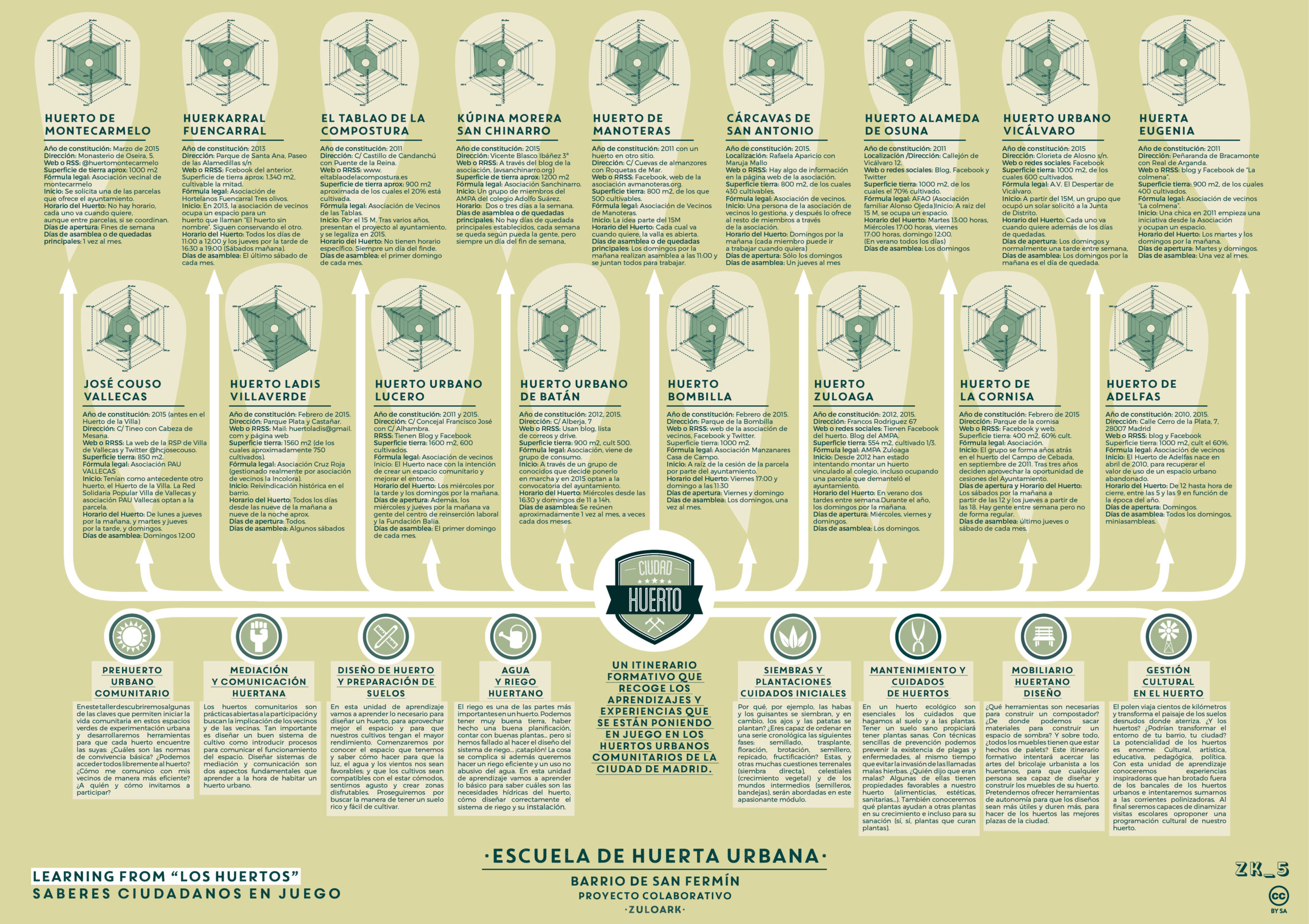
This dynamic creates the need for infrastructure within these spaces to facilitate learning. Our Urban Garden School project in San Fermín arises from this need.
“San Fermín is like a puzzle,” explains Víctor Renes, director of the San Fermín Neighborhood Association. This neighborhood, a pioneer in citizen-driven practices, is located along the edge of the Manzanares River, where gardens were once a common feature of the landscape. It was here that the first urban garden school was established, though its place was later taken by the city’s largest sports complex: La Caja Mágica, built by the City Council.
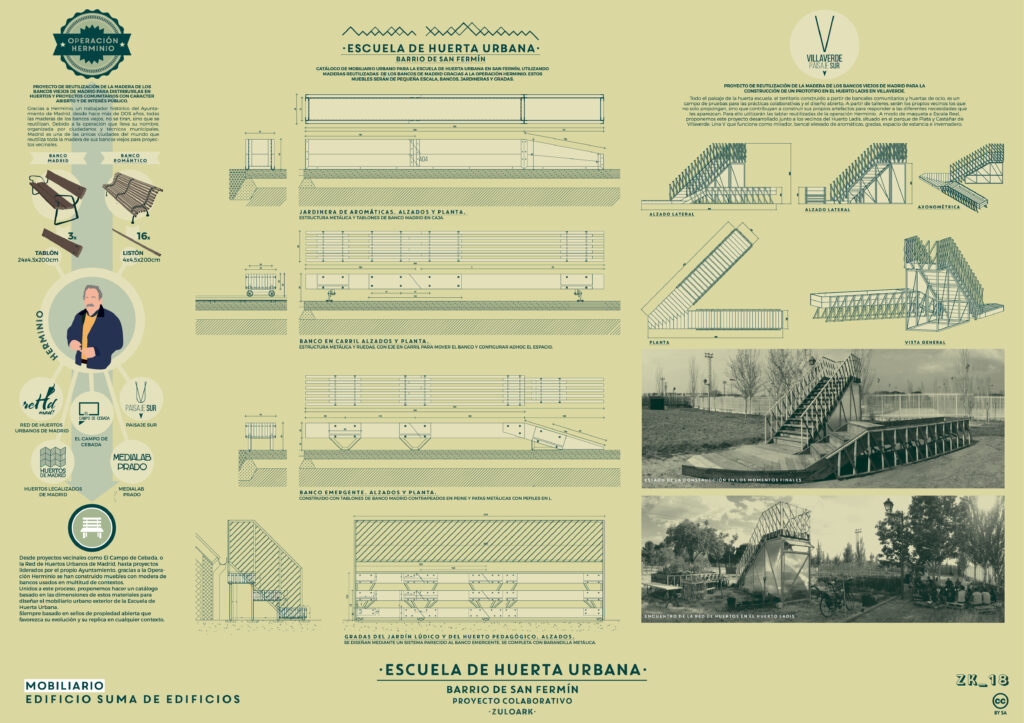
The Urban Garden School of San Fermín proposes a hybrid management approach between citizens and the local administration, directly reflected in the way the building is constructed and designed. It is envisioned as an ever-evolving space, never officially “completed,” conceived not merely as a structure but as infrastructure to support and inspire renewal projects in other parts of the neighborhood.
In the 1970s, Robert Venturi proposed a deeper understanding of contemporary architecture with his motto “Learning from Las Vegas.” Today, it is clear that one of the paths architecture must follow is “Learning from citizens.”

